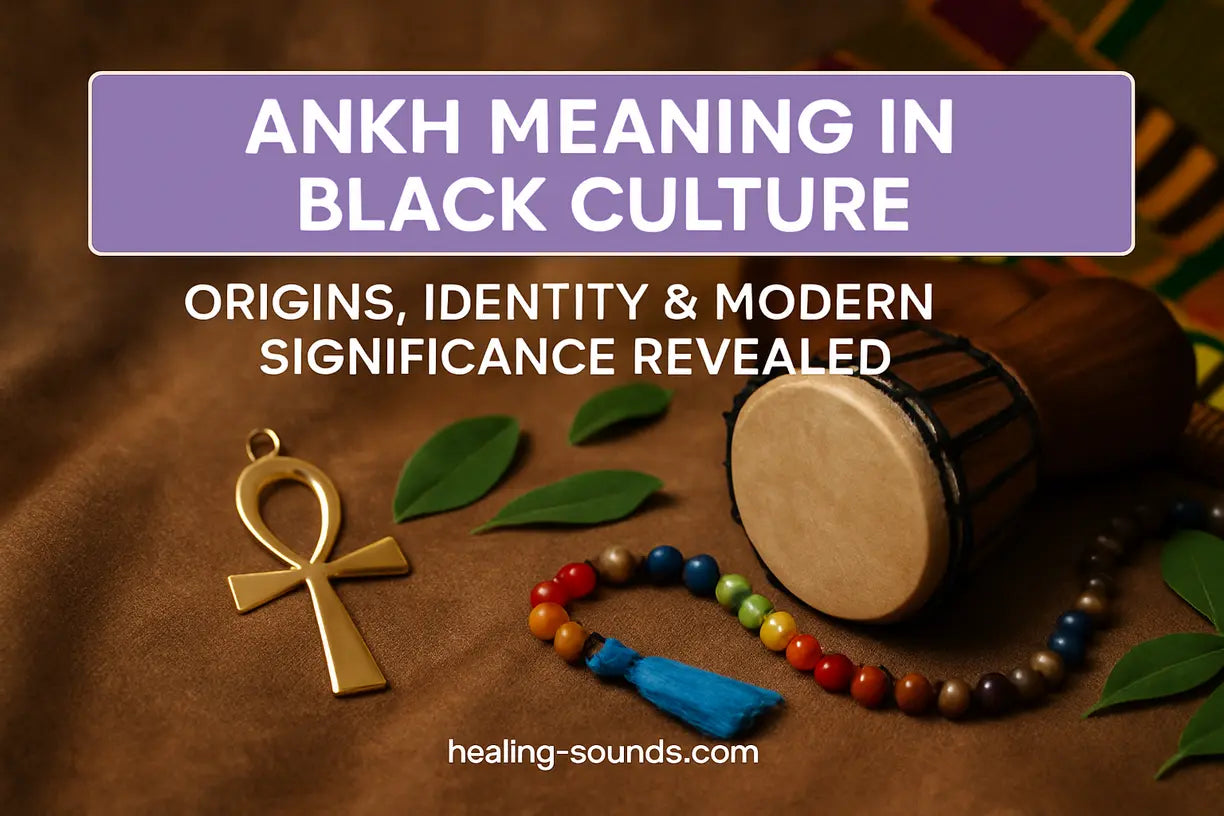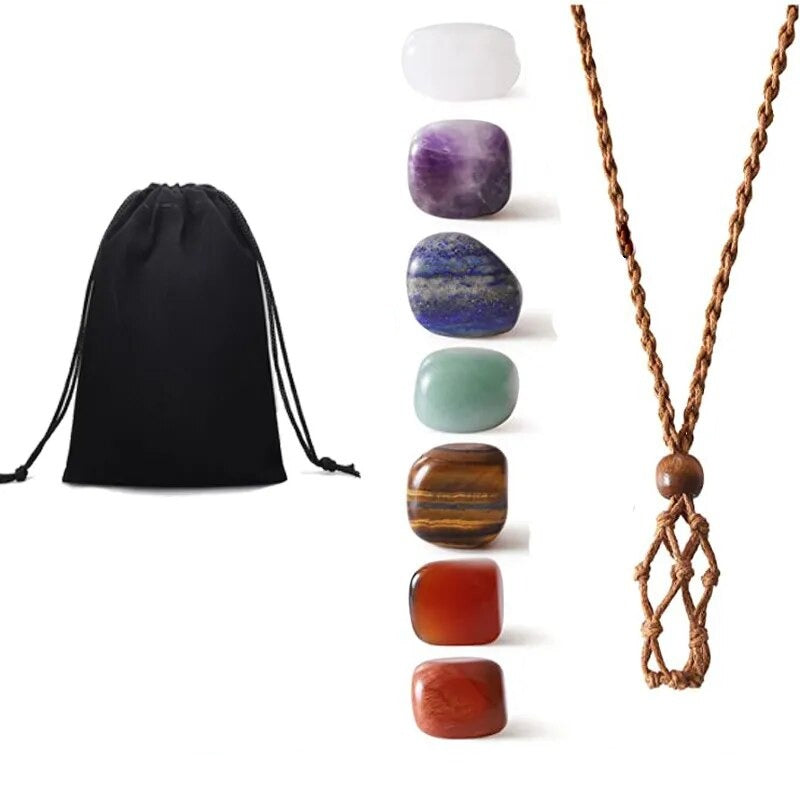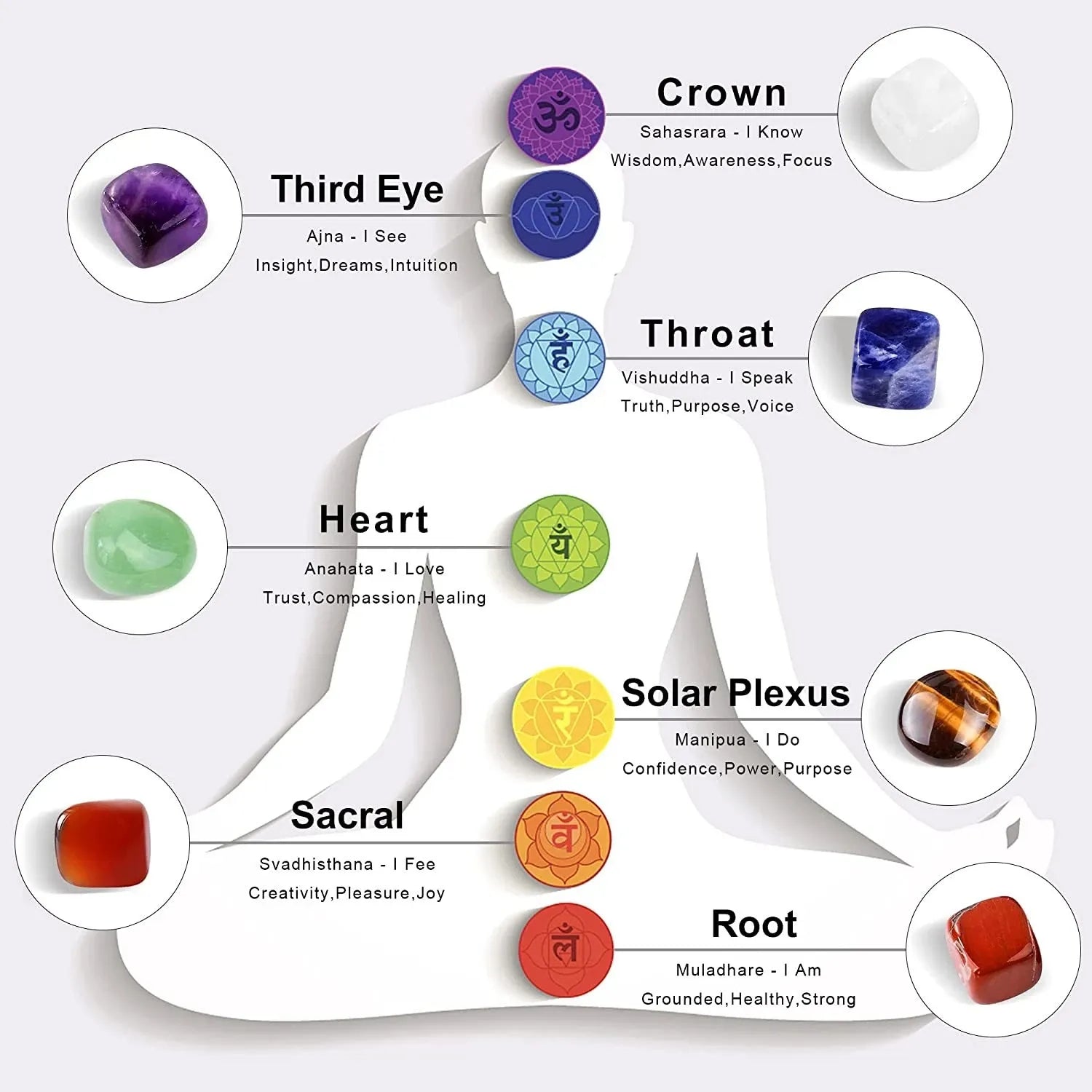The Ancient Roots: Where Does the Ankh Come From?
Long before its modern resurgence, the ankh was one of the most sacred symbols in ancient Kemet, the land we now call Egypt. Known as the "key of life" or ankh-em-maat (life in truth), this hieroglyph represented the very concept of eternal life and divine creation. Its shape is believed to symbolize the union of the masculine and feminine principles—the loop representing the womb (feminine, Isis) and the T-shape representing the phallus (masculine, Osiris)—which together create life.Depictions in ancient tombs and temples show gods and goddesses bestowing the ankh upon pharaohs, granting them life, health, and wisdom. It was a symbol not just of physical existence but of a spiritual, everlasting consciousness. This foundational meaning of life, divinity, and cosmic balance is crucial to understanding why it resonates so powerfully today.The Great Reclaiming: How the Ankh Became a Symbol of Black Identity
The transformation of the ankh into a key symbol within Black culture is a story of conscious reclaiming. During the Black Power and Pan-African movements of the 1960s and 1970s, there was a powerful cultural and intellectual shift. Leaders and scholars encouraged a rejection of Eurocentric narratives and a return to African history and traditions for self-knowledge and empowerment. Ancient Kemet, with its undeniable African origins and monumental achievements in science, philosophy, and spirituality, became a source of immense pride. The ankh was reclaimed from the pages of dusty history books and transformed into a living symbol. Wearing the african ankh became a political and cultural statement. It declared:
Ancient Kemet, with its undeniable African origins and monumental achievements in science, philosophy, and spirituality, became a source of immense pride. The ankh was reclaimed from the pages of dusty history books and transformed into a living symbol. Wearing the african ankh became a political and cultural statement. It declared:- A direct connection to a powerful, pre-colonial African civilization.
- A rejection of the idea that Black history began with slavery.
- An embrace of African spirituality and heritage.
- A symbol of Black pride, resilience, and intellectual legacy.
More Than an Accessory: The Spiritual and Cultural Significance Today
Today, the ankh continues to be a profound symbol in Black culture, carrying layers of meaning that speak to both personal and collective identity. Its significance goes far beyond fashion; it is a tool for empowerment and a marker of cultural consciousness.Empowerment, Pride, and Spiritual Connection
The ankh serves as a constant reminder of strength, truth, and heritage. For many, it is a form of spiritual armor, a symbol of protection that wards off negativity and affirms one's connection to their ancestors. It represents the eternal life of the spirit and the enduring strength of a people. This connection has sparked important conversations about cultural ownership and historical truth, as explored in discussions across the community.
This connection has sparked important conversations about cultural ownership and historical truth, as explored in discussions across the community.The Ankh and Modern Spirituality
In contemporary spiritual practices, the ankh is used as a focal point for meditation, a tool for channeling energy, and a symbol of holistic well-being. It reminds practitioners to seek balance—between the masculine and feminine, the spiritual and physical, and the individual and the community. Incorporating symbols like the ankh and other spiritual tools can deepen one's connection to this ancestral energy.Tools for Your Spiritual Journey

7 Chakra Crystal Pendant Set with Necklace and Bracelet
$49.99
$59.99
Connect history and healing—wear these natural stones for balance, protection, and powerful ancestral energy. Learn more ➔
The Ankh in Art, Music, and Expression
The ankh's influence permeates Black creative expression. From the conscious hip-hop of the 90s to contemporary art and fashion, the ankh appears as a steadfast symbol of Afrocentrism and enlightenment. It is often paired with other symbols of African heritage, creating a rich tapestry of cultural identity. The rhythm of the drum, for instance, is another powerful link to the continent, representing the heartbeat of the people and the call of the ancestors. To learn more about this connection, you can explore the history of African music.
Djembe African Hand Drum for Beginner - Percussion
$179.90 $269.90
Celebrate African heritage with this hand-carved Djembe drum, perfect for honoring the ankh’s rhythmic legacy.
Explore Product
Conclusion: The Enduring Legacy of the Ankh
The ankh meaning in black culture is a testament to the power of symbols to connect, empower, and heal. What began as an ancient Egyptian key of life has been lovingly reclaimed as a key to Black history, identity, and spiritual freedom. It is a declaration of pride, a tool for spiritual connection, and a timeless emblem of resilience.By wearing the ankh, displaying it in our homes, or meditating on its meaning, we honor a legacy that stretches back millennia and continues to inspire generations. It reminds us that our history is rich, our spirit is eternal, and our identity is powerful.Frequently Asked Questions about The Ankh in Black Culture
The African ankh, originating from ancient Egypt (Kemet), is a symbol of eternal life, creation, and divine power. In modern Black culture, it has been reclaimed to also represent African heritage, spiritual connection, empowerment, and pride in a pre-colonial history.
The ankh originated in ancient Egyptian culture. Today, it is used globally in various spiritual movements, including New Age and Kemetic paganism. Most significantly, it is widely used within Black and African diaspora cultures as a powerful symbol of heritage, identity, and empowerment.
Spiritually, the ankh represents eternal life, the breath of life, and divine protection. It also symbolizes the union of masculine and feminine energies to create life, representing wholeness, balance, and cosmic creation. For many, it's a tool for connecting with ancestral and divine energy.
African Americans wear the ankh as a symbol of reclaiming their African heritage and rejecting Eurocentric historical narratives. It became popular during the Black Power movement as a sign of pride, resistance, and connection to the advanced civilizations of ancient Africa, particularly Kemet (Egypt).
The ankh is deeply connected to Black culture and identity as a symbol of ancestral pride, empowerment, and spiritual consciousness. It represents a direct link to a great African civilization, serving as a reminder of a rich, pre-colonial history and a powerful source of collective identity and strength.






